In the pantheon of classic children’s literature, few books have captured young readers’ imaginations as delightfully as Green Eggs and Ham. This quirky, beloved book, penned by the ingenious Dr. Seuss (Theodor Seuss Geisel), stands out not only for its whimsical drawings and unique narrative but also for its astonishing origins rooted in a playful wager. It’s a fun trivia piece that writers and readers might find especially amusing and inspiring.
The challenge was simple yet daunting: Dr. Seuss’s publisher, Bennett Cerf, bet him that he could not write an entertaining children’s book using only 50 different words. The wager? A mere $50. But from this modest bet, a literary masterpiece was born. Dr. Seuss accepted the challenge, setting to work with a limited vocabulary list that would eventually shape the rhythmic, repetitive text of Green Eggs and Ham.
The book’s premise revolves around the protagonist, Sam-I-Am, who persistently invites his unnamed friend to try an unusual dish: green eggs and ham. Despite repeated refusals, Sam-I-Am’s friend finally acquiesces and finds to his surprise that he actually enjoys the meal. The narrative, driven by only a handful of words, exemplifies how constraint can breed creativity and innovation—a useful insight for any writer or artist.
What makes this trivia even more intriguing is how these limitations did not hinder the book’s charm but rather enhanced it. Green Eggs and Ham not only went on to become one of Dr. Seuss’s most popular books but also one of the best-selling children’s books of all time. Since its publication in 1960, it has been translated into multiple languages, adapted into various formats, and has inspired countless children to read with glee and gusto.
The success of Green Eggs and Ham underscores a larger truth about creative work: sometimes, restrictions can lead to the most unexpected breakthroughs. Writers often find that parameters—whether in the form of a word count, a specific theme, or even a restrictive format—can help focus creativity. The constraints force a distillation of ideas, a purification of essence, that can bring clarity and intensity to the work.
Moreover, the story behind Green Eggs and Ham speaks volumes about the playful, experimental spirit that characterizes much of Dr. Seuss’s work. His approach to writing was not merely about telling a story but about playing with language, rhythm, and rhyme. It is a reminder that joy, humor, and playfulness are powerful tools in the creative process, capable of engaging audiences and transcending age.
In reflecting on the impact of Green Eggs and Ham, one cannot help but marvel at how a simple bet transformed into a literary phenomenon. It serves as a testament to the fact that great things often have small, humble beginnings. For aspiring writers, this story is a beacon of encouragement—to embrace challenges, to innovate within confines, and to approach the craft of writing with a sense of fun and adventure.
As we celebrate Dr. Seuss’s enduring legacy and his green-dyed culinary concoction, let us remember the spirit of creativity that the book embodies. Whether you are reader, a seasoned author, or a budding writer, may the story of Green Eggs and Ham inspire you to think outside the conventional, play with your words, and perhaps make a little bet on your own creative potential.
We Don’t Want to Write the Laws; We Want to Publish the Books
We Believe in the Power of Authors Short Video: https://bit.ly/45z6mvf
Writers Reshape the World Short Video: https://bit.ly/47glKOg
Bringing Your Book to Market Booklet: https://bit.ly/2ymDVXx
Bringing Your Book to Market Short Video: https://bit.ly/3Q3g2JD




 This is Publication Consultants’ motivation for constantly striving to assist authors sell and market their books. Author Campaign Method (ACM) of sales and marketing is Publication Consultants’ plan to accomplish this so that our authors’ books have a reasonable opportunity for success. We know the difference between motion and direction. ACM is direction! ACM is the process for authorpreneurs who are serious about bringing their books to market. ACM is a boon for them.
This is Publication Consultants’ motivation for constantly striving to assist authors sell and market their books. Author Campaign Method (ACM) of sales and marketing is Publication Consultants’ plan to accomplish this so that our authors’ books have a reasonable opportunity for success. We know the difference between motion and direction. ACM is direction! ACM is the process for authorpreneurs who are serious about bringing their books to market. ACM is a boon for them. Release Party
Release Party Web Presence
Web Presence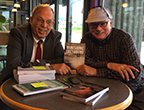 Book Signings
Book Signings Facebook Profile and Facebook Page
Facebook Profile and Facebook Page Active Social Media Participation
Active Social Media Participation Ebook Cards
Ebook Cards The Great Alaska Book Fair: October 8, 2016
The Great Alaska Book Fair: October 8, 2016


 Costco Book Signings
Costco Book Signings eBook Cards
eBook Cards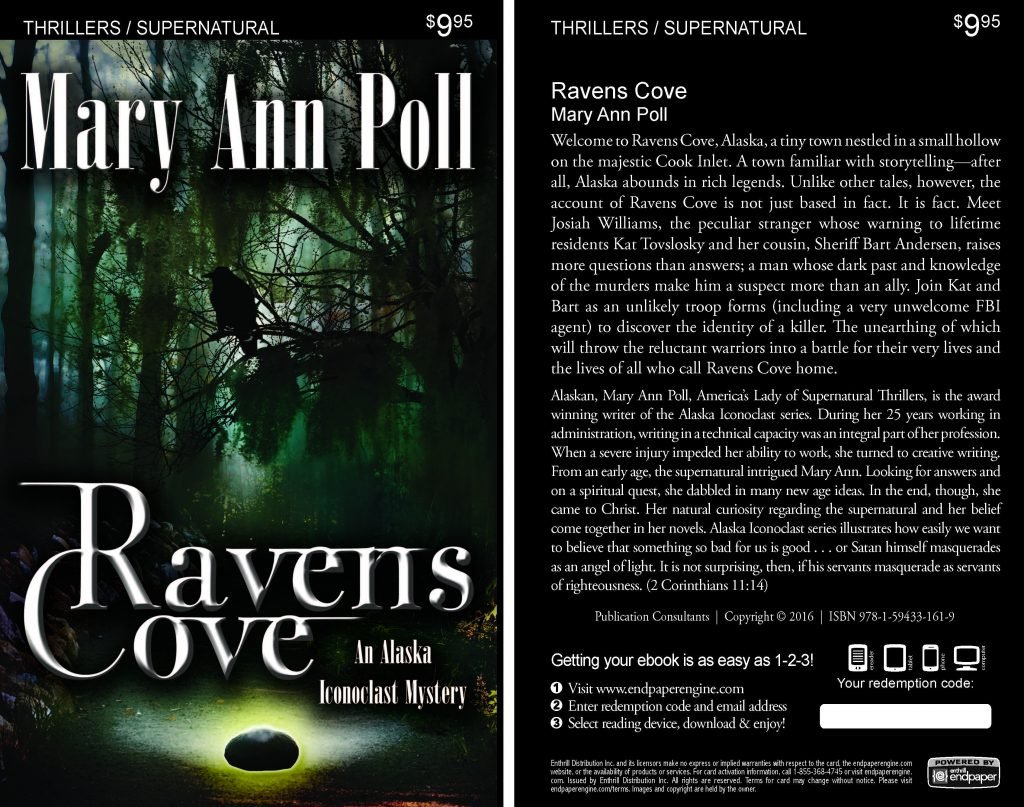

 Benjamin Franklin Award
Benjamin Franklin Award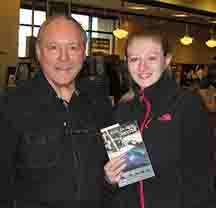 Jim Misko Book Signing at Barnes and Noble
Jim Misko Book Signing at Barnes and Noble
 Cortex is for serious authors and will probably not be of interest to hobbyists. We recorded our Cortex training and information meeting. If you’re a serious author, and did not attend the meeting, and would like to review the training information, kindly let us know. Authors are required to have a Facebook author page to use Cortex.
Cortex is for serious authors and will probably not be of interest to hobbyists. We recorded our Cortex training and information meeting. If you’re a serious author, and did not attend the meeting, and would like to review the training information, kindly let us know. Authors are required to have a Facebook author page to use Cortex. Correction:
Correction: This is Publication Consultants’ motivation for constantly striving to assist authors sell and market their books. ACM is Publication Consultants’ plan to accomplish this so that our authors’ books have a reasonable opportunity for success. We know the difference between motion and direction. ACM is direction! ACM is the process for authors who are serious about bringing their books to market. ACM is a boon for serious authors, but a burden for hobbyist. We don’t recommend ACM for hobbyists.
This is Publication Consultants’ motivation for constantly striving to assist authors sell and market their books. ACM is Publication Consultants’ plan to accomplish this so that our authors’ books have a reasonable opportunity for success. We know the difference between motion and direction. ACM is direction! ACM is the process for authors who are serious about bringing their books to market. ACM is a boon for serious authors, but a burden for hobbyist. We don’t recommend ACM for hobbyists.

 We’re the only publisher we know of that provides authors with book signing opportunities. Book signing are appropriate for hobbyist and essential for serious authors. To schedule a book signing kindly go to our website, <
We’re the only publisher we know of that provides authors with book signing opportunities. Book signing are appropriate for hobbyist and essential for serious authors. To schedule a book signing kindly go to our website, < We hear authors complain about all the personal stuff on Facebook. Most of these complaints are because the author doesn’t understand the difference difference between a Facebook profile and a Facebook page. Simply put, a profile is for personal things for friends and family; a page is for business. If your book is just a hobby, then it’s fine to have only a Facebook profile and make your posts for friends and family; however, if you’re serious about your writing, and it’s a business with you, or you want it to be business, then you need a Facebook page as an author. It’s simple to tell if it’s a page or a profile. A profile shows how many friends and a page shows how many likes. Here’s a link <> to a straight forward description on how to set up your author Facebook page.
We hear authors complain about all the personal stuff on Facebook. Most of these complaints are because the author doesn’t understand the difference difference between a Facebook profile and a Facebook page. Simply put, a profile is for personal things for friends and family; a page is for business. If your book is just a hobby, then it’s fine to have only a Facebook profile and make your posts for friends and family; however, if you’re serious about your writing, and it’s a business with you, or you want it to be business, then you need a Facebook page as an author. It’s simple to tell if it’s a page or a profile. A profile shows how many friends and a page shows how many likes. Here’s a link <> to a straight forward description on how to set up your author Facebook page.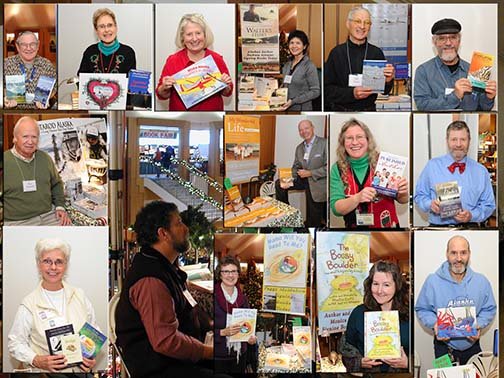



 Mosquito Books has a new location in the Anchorage international airport and is available for signings with 21 days notice. Jim Misko had a signing there yesterday. His signing report included these words, “Had the best day ever at the airport . . ..”
Mosquito Books has a new location in the Anchorage international airport and is available for signings with 21 days notice. Jim Misko had a signing there yesterday. His signing report included these words, “Had the best day ever at the airport . . ..”


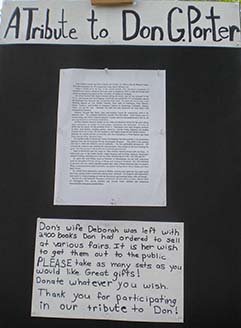
 The Lyin Kings: The Wannabe World Leaders
The Lyin Kings: The Wannabe World Leaders
 Time and Tide
Time and Tide


 ReadAlaska 2014
ReadAlaska 2014 Readerlink and Book Signings
Readerlink and Book Signings
 2014 Independent Publisher Book Awards Results
2014 Independent Publisher Book Awards Results
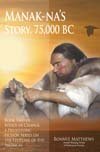
 Bonnye Matthews Radio Interview
Bonnye Matthews Radio Interview
 Rick Mystrom Radio Interview
Rick Mystrom Radio Interview When he published those overseas blogs as the book The Innocents Abroad, it would become a hit. But you couldn’t find it in bookstores.
When he published those overseas blogs as the book The Innocents Abroad, it would become a hit. But you couldn’t find it in bookstores.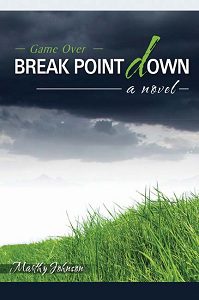 More NetGalley
More NetGalley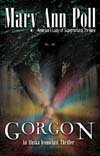 Mary Ann Poll
Mary Ann Poll
 Bumppo
Bumppo
 Computer Spell Checkers
Computer Spell Checkers Seven Things I Learned From a Foreign Email
Seven Things I Learned From a Foreign Email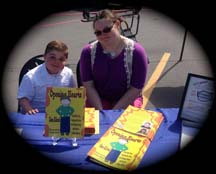 2014 Spirit of Youth Awards
2014 Spirit of Youth Awards Book Signings
Book Signings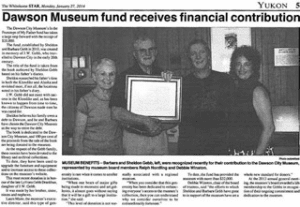
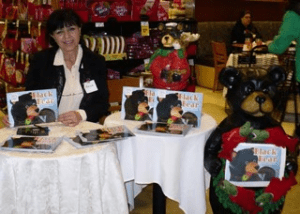

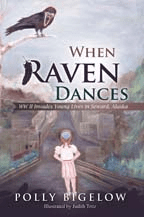 Blog Talk Radio
Blog Talk Radio Publication Consultants Blog
Publication Consultants Blog Book Signings
Book Signings

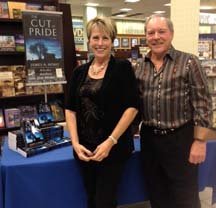

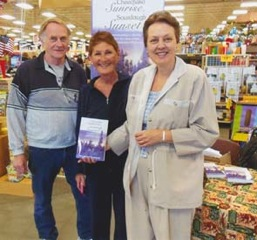 Don and Lanna Langdok
Don and Lanna Langdok Ron Walden
Ron Walden Book Signings Are Fun
Book Signings Are Fun Release Party Video
Release Party Video
 Erin’s book,
Erin’s book,  Heather’s book,
Heather’s book,  New Books
New Books